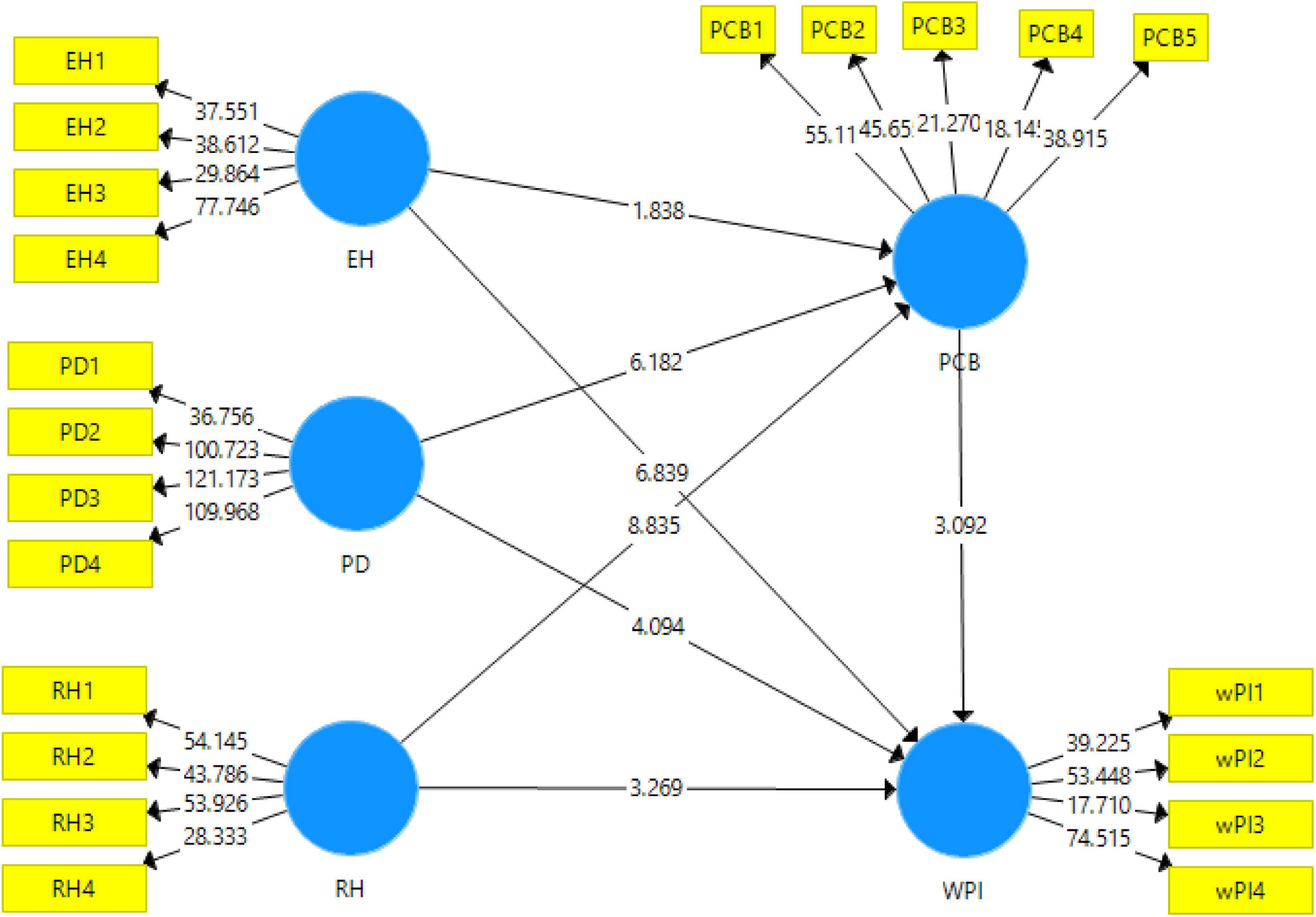

Yes, it is legitimate to conclude that M mediates the association between X and Y even if the total effect ( c) is not significant.
#Smartpls 3 bootstrapping gives software
They are both pretty easy to implement in your own research, regardless of which statistical analysis software you use. Both methods estimate a confidence interval of the indirect effect itself (the ab path)-how they do so differs between methods-and then you examine the confidence interval to see whether 0 is a plausible value. Hayes (2013) has a wonderfully accessible and thorough explanation of the many limitations of the causal steps approach in his book.Ĭheck out other more rigorous approaches, including the bootstrapping (MacKinnon et al., 2004) and Monte Carlo (Preacher & Selig, 2012) methods.

The causal steps approach, though historically popular, has been widely replaced by methods of testing for mediation that are more statistically powerful, make fewer assumptions of the data, and are more logically coherent. I think what you are actually concerned about is the legitimacy of claiming that X has an indirect, but not a total effect on Y. I emphasize the difference between direct ( c') and total effects ( c) because though you wrote.Ĭan we claim that X has an indirect effect but not a direct effect on Y? But if c' is still significant, the researcher concludes that M is only a "partial" mediator of X's influence on Y. If c' is closer to zero than c, and non-significant, the research concludes that M completely mediates the association between X and Y. Compare the direct of effect of X (the c' path-predicting Y from X after controlling for M) to the total effect of X (the c path from Step 1).Test whether M and Y are significantly associated after controlling for X (the b path) if they are not, stop the analysis if they are.Test whether X and M are significantly associated (the a path) if they are not, stop the analysis if they are.Test whether X and Y are significantly associated (the c path) if they are not, stop the analysis if they are.This approach to mediation entails the following steps: Your approach to testing mediation appears to conform to the "causal steps approach" described in the classic methods paper by Baron & Kenny (1986).


 0 kommentar(er)
0 kommentar(er)
